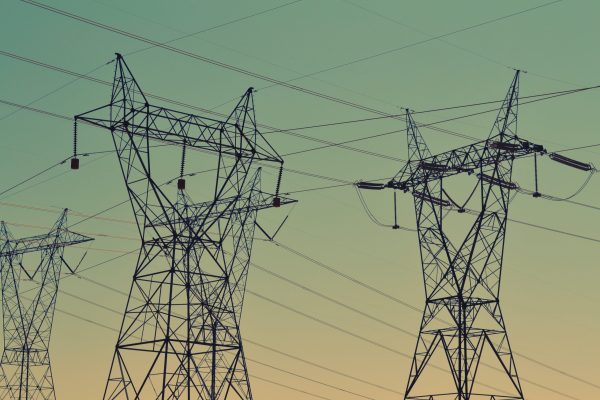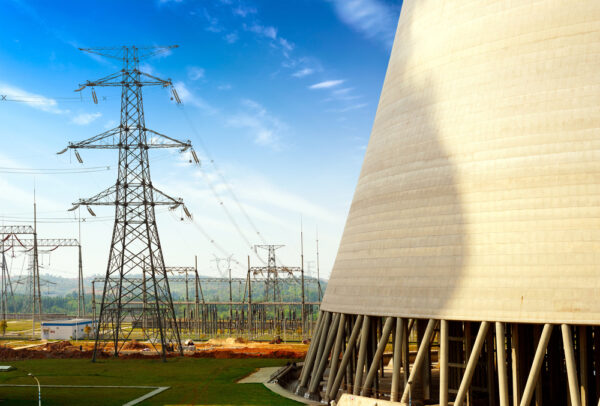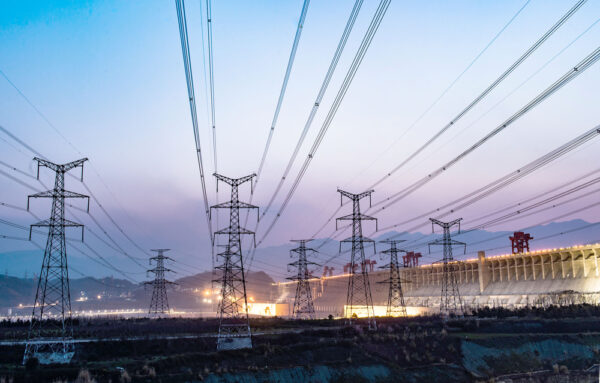At the Energy Future Forum 2025 presented by RealClearPolitics, Peter Bryant and Scott Gatzemeier, Corporate Vice President at Micron, explore how America’s semiconductor manufacturing revival fundamentally depends on energy infrastructure reliability and affordability.
Peter highlights the critical intersection of energy and chip manufacturing, noting Barclays’ assessment that critical minerals – not chip design – represent the AI supply chain’s lynchpin. Scott walks through Micron’s ambitious US expansion: a $2 billion facility in Boise and four fabrication facilities (fabs) in upstate New York, representing $100 billion in investment.
The conversation reveals sobering infrastructure realities. A 500-megawatt transmission line connecting Idaho, Oregon, and Washington has been in permitting since 2006, costing over $200 million in fees – without breaking ground. For semiconductor manufacturing, this represents existential risk – Gatzemeier describes how a sub-second power dip shut down an entire fab, causing tens of millions in losses as sensitive wafers were destroyed and equipment required extensive rebuilds.
Peter frames the strategic calculation that while construction costs run 40% higher in the US than Asia, America’s energy cost advantage of 25-40% lower power prices enables competitive manufacturing. This advantage offsets labour cost differentials, making projects like Micron’s viable under the CHIPS Act incentives.
The pair discuss supply chain vulnerabilities, with critical chemicals like photoresist manufactured only in Japan, and emerging proximity strategies where companies locate near reliable power sources.
Scott advocates for small modular reactors and permitting reform, emphasising that without reliable, affordable energy, America’s semiconductor and AI leadership ambitions simply cannot materialise. The conversation underscores how energy infrastructure underpins both economic and national security in the digital age.





